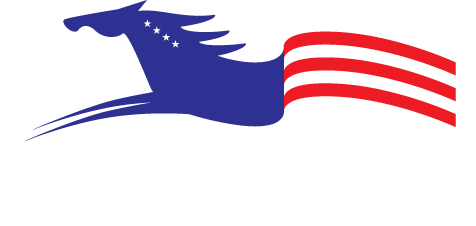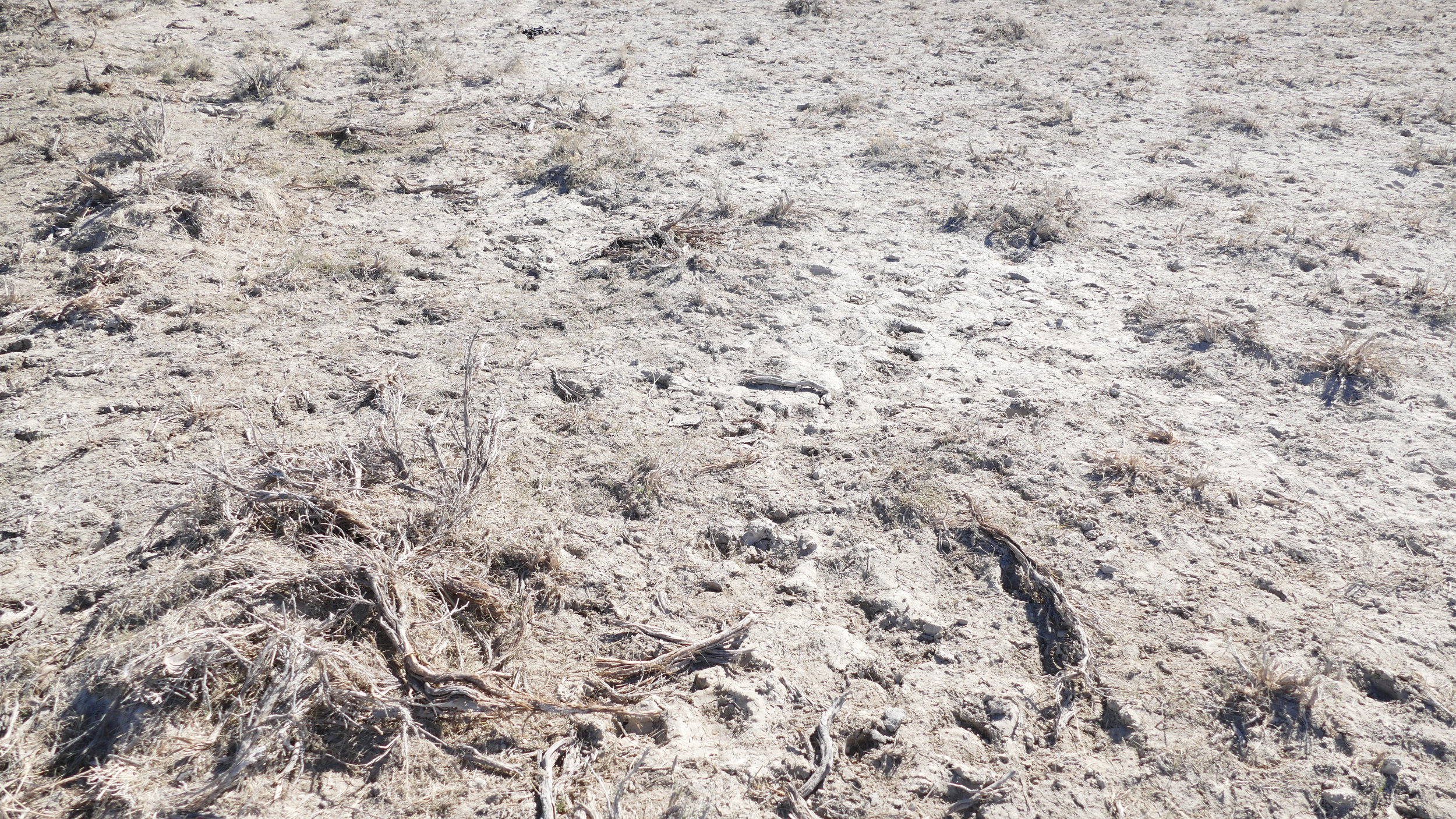ecosystem impacts
Wild horses need to be managed in a manner that achieves a natural ecological balance on that range that supports multiple uses, including livestock grazing, wildlife, recreation, and more.
PROPER MANAGEMENT ACHIEVES A THRIVING ECOLOGICAL BALANCE.
When managed at the appropriate management level (AML), wild horses can thrive on the range alongside other uses. However, when population numbers are allowed to increase beyond AML, there can be detrimental impacts to public rangelands.
Wild horses often graze the same area repeatedly throughout the year. Forage plants in those areas receive little rest from grazing pressure, and continuous grazing does not allow plants sufficient time to recover from grazing impacts. Such overgrazing results in reduced plant health, vigor, reproduction, and ultimately to a loss of native forage species from natural plant communities. Over time, this greatly diminishes habitat quality as abundance and long-term production of desired plant communities are compromised.
Wild horses also compete with wildlife for water sources, particularly where waters are limited or during drought years when existing sources do not produce normally or go dry. In many areas, wild horses depend on private landowners for water access. The BLM does not own the water rights on public lands in states like Nevada.



